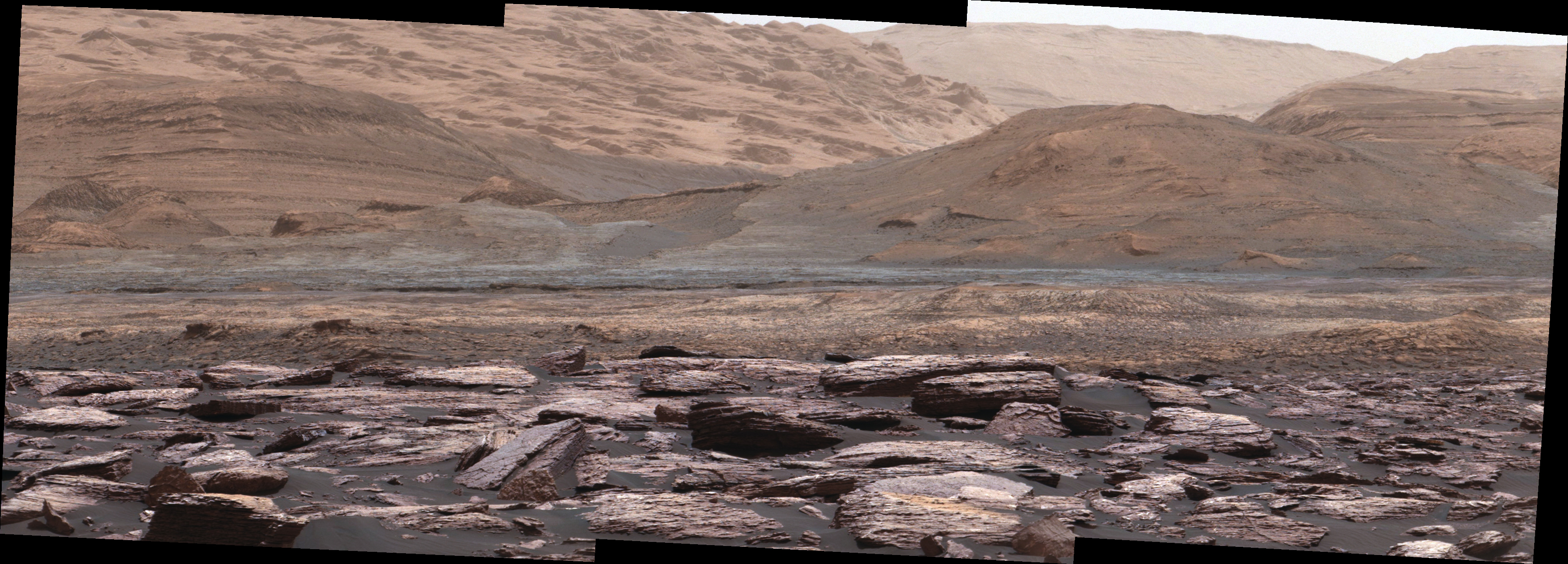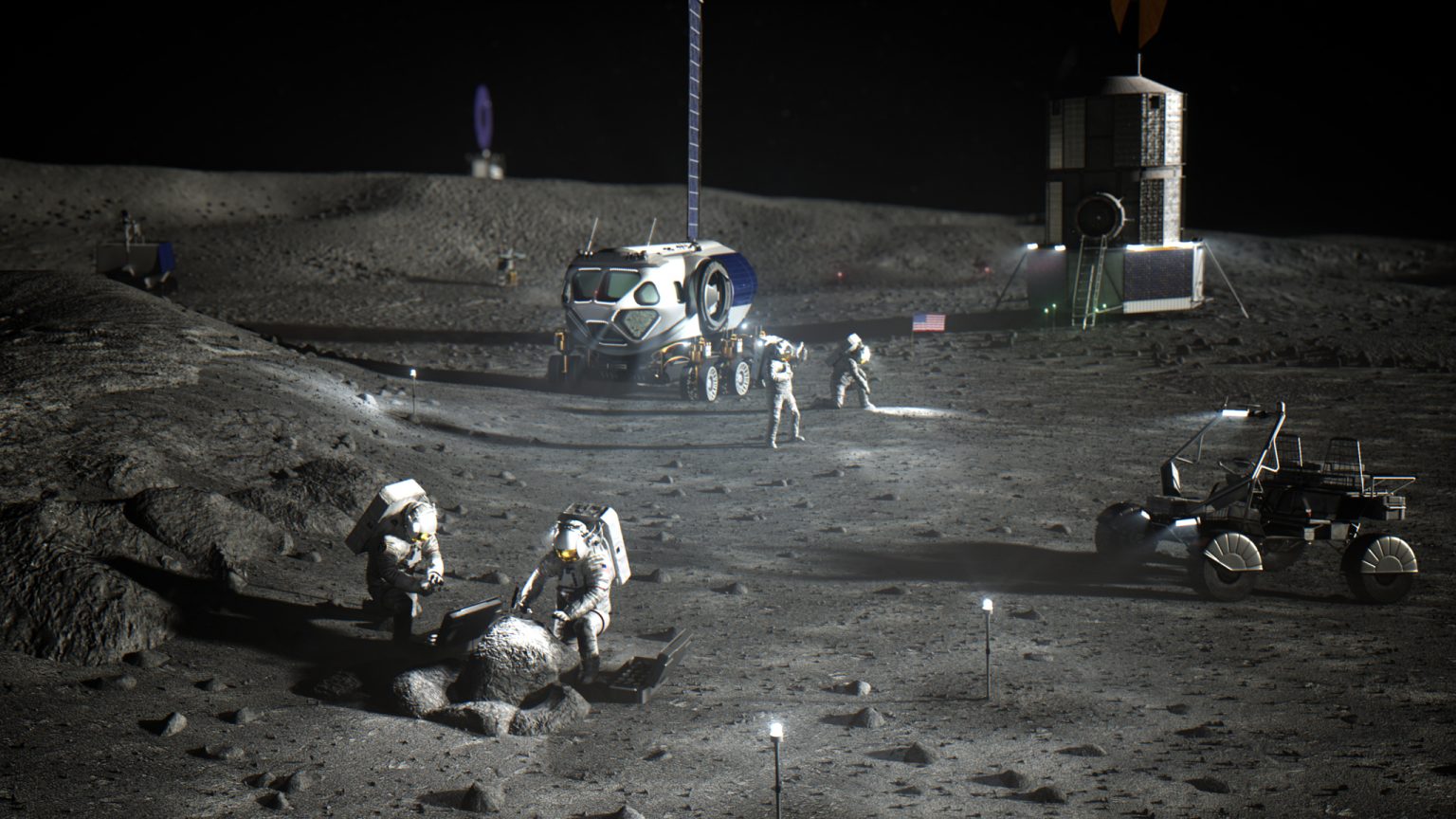NASA's Curiosity Rover Spots Purple Rocks on Mars

Mars may appear red when viewed from Earth, but NASA's Curiosity rover has captured an up-close photo of the planet's mountainous landscape, with purple-colored rocks littered across the foreground.
This remarkable new photo was captured near the base of Mars' Mount Sharp. The image's three frames were taken by Curiosity's Mast Camera (Mastcam)on Nov. 10.
"Variations in color of the rocks hint at the diversity of their composition on lower Mount Sharp. The purple tone of the foreground rocks has been seen in other rocks where Curiosity's Chemical and Mineralogy (CheMin) instrument has detected hematite,” or a type of iron-oxide mineral, NASA officials said in a statement. "Winds and windblown sand in this part of Curiosity's traverse and in this season tend to keep rocks relatively free of dust, which otherwise can cloak rocks' color.” [Amazing Mars Photos by NASA's Curiosity Rover (Latest Images)]
Mount Sharp rises 3 miles (5 kilometers) from the center of Mars' 96-mile-wide (154 km) Gale Crater. After arriving at the crater in 2012, Curiosity found evidence that suggested that the area could have supported microbial life in the ancient past.
In addition to the purple rocks in the foreground, the images from Curiosity capture higher layers of Mount Sharp. The rover will continue to traverse these slopes throughout the rest of its mission.
This uphill trek began in October at the orange-colored rocks of the Murray formation, near the base of Mount Sharp. Next the rover will climb upward to the Hematite Unit, followed by the Clay Unit and the rounded hills of the Sulfate Unit — which is Curiosity's highest planned destination. Studying the composition of these different rock layers can help scientists learn more about Mars' past.
The images have a white-balanced color adjustment that resembles how rocks and sand would appear under daytime lighting conditions on Earth. This helps geologists who study the rocks recognize color patterns that they are familiar with on Earth, NASA officials said in the statement.
Breaking space news, the latest updates on rocket launches, skywatching events and more!
Follow Samantha Mathewson @Sam_Ashley13. Follow us @Spacedotcom, Facebook and Google+. Original article on Space.com.

Samantha Mathewson joined Space.com as an intern in the summer of 2016. She received a B.A. in Journalism and Environmental Science at the University of New Haven, in Connecticut. Previously, her work has been published in Nature World News. When not writing or reading about science, Samantha enjoys traveling to new places and taking photos! You can follow her on Twitter @Sam_Ashley13.

